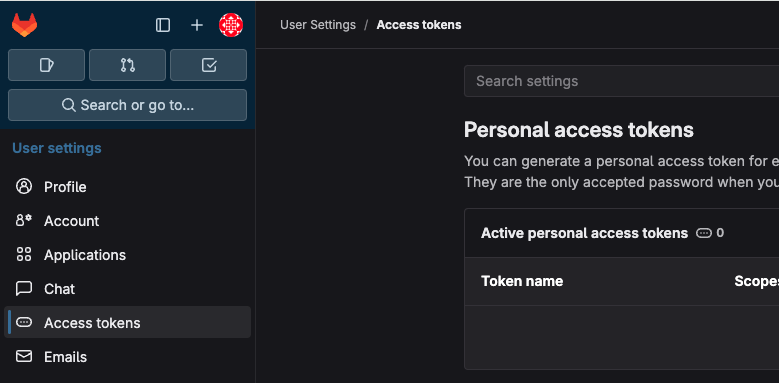Build Terraform Server
ACIOps uses Terraform to deploy configurations on the ACI Fabric. This means that Terraform server needs to be setup. You could either setup a standalone VM or use the docker containers to set up Teraform. Here is an dockerfile config that could be used to build a container with Debian Linux as the OS with Terraform installed.
# Use Debian as the base image
FROM debian:latest
# Set environment variables for non-interactive installations
ENV DEBIAN_FRONTEND=noninteractive
ENV ROOT_PASSWORD=changethispassword
# Update package list and install required packages
RUN apt-get update && \
apt-get install -y \
openssh-server \
wget \
unzip \
lsb-release \
gnupg \
gnupg2 \
software-properties-common \
sudo && \
apt-get clean
# Add the HashiCorp GPG key and Terraform repository
RUN wget -O- https://apt.releases.hashicorp.com/gpg | gpg --dearmor -o /usr/share/keyrings/hashicorp-archive-keyring.gpg && \
echo "deb [signed-by=/usr/share/keyrings/hashicorp-archive-keyring.gpg] https://apt.releases.hashicorp.com $(lsb_release -cs) main" | tee /etc/apt/sources.list.d/hashicorp.list
# Install Terraform
RUN apt-get update && apt-get install -y terraform
# Configure SSH server and root password
RUN mkdir /var/run/sshd && \
echo 'PermitRootLogin yes' >> /etc/ssh/sshd_config && \
echo 'PasswordAuthentication yes' >> /etc/ssh/sshd_config && \
echo "root:${ROOT_PASSWORD}" | chpasswd
# Expose SSH port
EXPOSE 22
# Start SSH server
CMD ["/usr/sbin/sshd", "-D"]
- Remember to change and save the root password. This password would be required for establishing the connection between ACIOps and the Terraform server or container.
Build the container with the command below
docker build -t terraform-server:latest .Create a docker-compose file with the config below
terraform-server:
build:
context: .
dockerfile: Dockerfile
image: terraform-server
restart: always
container_name: terraform-server
working_dir: /terraform
ports:
- "2222:22"Build Gitlab Server (Optional)
By default, ACIOps stores its resource configuration locally on the terraform server and in ACIOps database. Optionally, you should push your resource configuration to Gitlab. Below is a docker-compose that should deploy a container the Gitlab Community Edition.
gitlab:
image: gitlab/gitlab-ce
container_name: gitlab
restart: always
environment:
GITLAB_ROOT_PASSWORD: Ch@ng3Th!sP@ssw0rd
GITLAB_OMNIBUS_CONFIG: |
puma['worker_processes'] = 0
ports:
- "8080:80"
- "4431:443"
- "2221:22"
volumes:
- "./gitlab/config:/etc/gitlab"
- "./gitlab/logs:/var/log/gitlab"
- "./gitlab/data:/var/opt/gitlab"Create Gitlab API Token (Optional)
A GitLab API token is a secure access key that allows you to interact with GitLab programmatically, providing a way to automate tasks and integrate external applications with GitLab.

Follow the installation procedure documented here